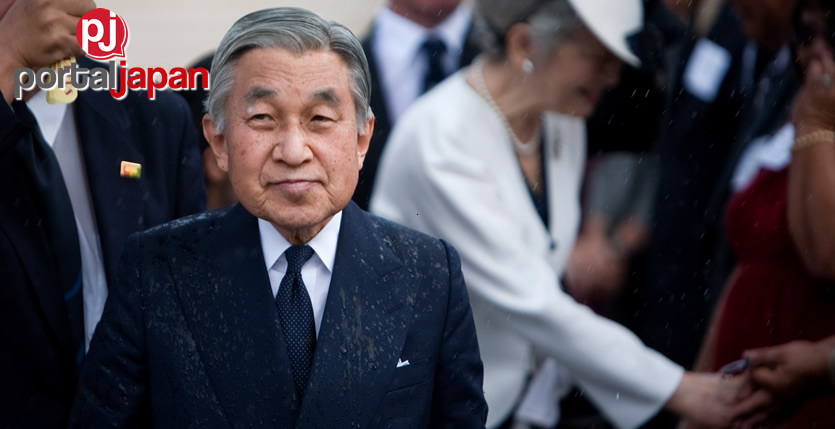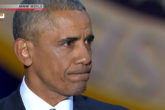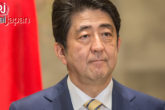The government plans to let Emperor Akihito abdicate on Dec. 31, 2018, and switch to a new era with Crown Prince Naruhito’s ascension to the Chrysanthemum Throne the following day, sources said.
The start of the new era on Jan. 1, 2019, is intended to minimize confusion in people’s lives, the government sources said.
The Heisei Era under Akihito and preceding eras in recent memory have started in the middle of a year because the emperors assumed the throne upon the deaths of their predecessors.
Many documents in Japan record years based on the era, as well as the Gregorian calendar.
When Emperor Showa died on Jan. 7, 1989, the Heisei Era started the following day. 1989 is referred to as both Showa 64 and Heisei 1, meaning government offices and companies needed to print documents showing 1989 and Heisei 1 to replace those with 1989 and Showa 64.
The name of the new era is expected to be announced ahead of Naruhito’s ascension.
The government’s scenario means the Heisei Era, which is in its 29th year in 2017, will close at the end of Heisei 30.
This scenario is based on the government’s assumption that the Diet will pass a special bill allowing Akihito’s abdication as an exceptional case during the ordinary Diet session, which opens on Jan. 20.
The special case bill is expected to be submitted to the Diet in late April or early May. It will not specify the date of the emperor’s abdication to give the government more room for possible changes in the timetable, the sources said.
Work on the bill started after Akihito, 83, signaled his wish to abdicate in a televised message in August.
The Imperial Household Council, which includes imperial family members and the heads of the legislative, executive and judicial branches, will finalize the date of his abdication before a government decree is issued on the matter.
“It will take a year or so to prepare for a change of emperors after the abdication date of the outgoing emperor is determined,” a government source said.
If the special legislation is enacted during the ordinary Diet session, the government envisages announcing Akihito’s abdication date during the first half of 2018.
Source: Asahi image: Wikimedia Commons/Official U.S. Marine Corps photo by Lance Cpl. Achilles Tsantarliotis

















Join the Conversation